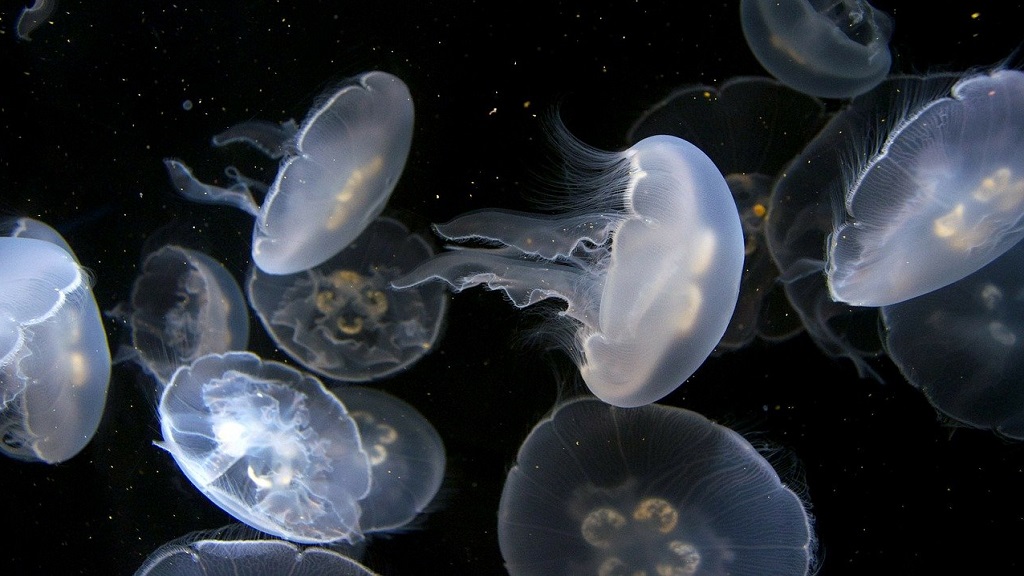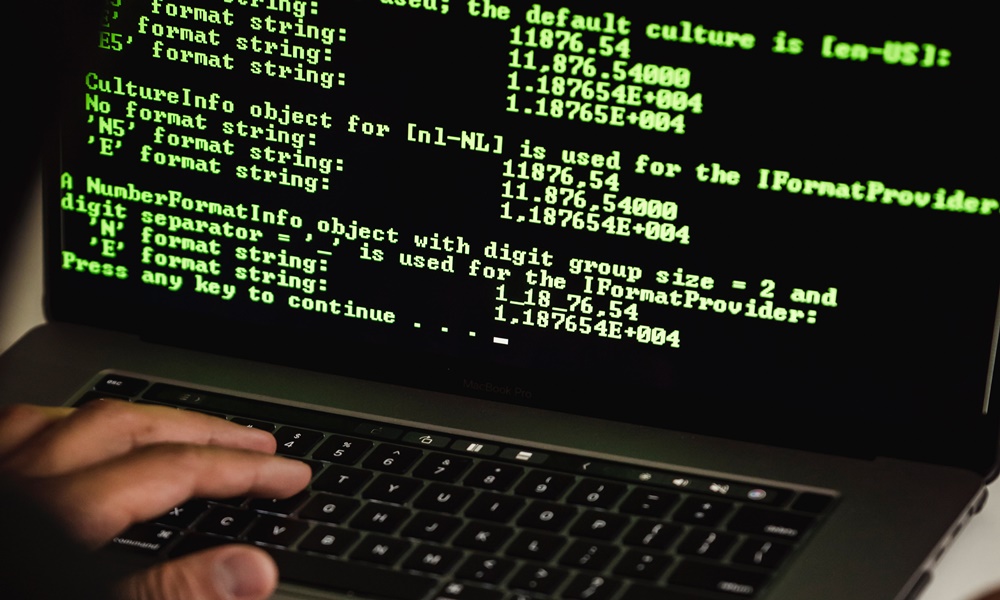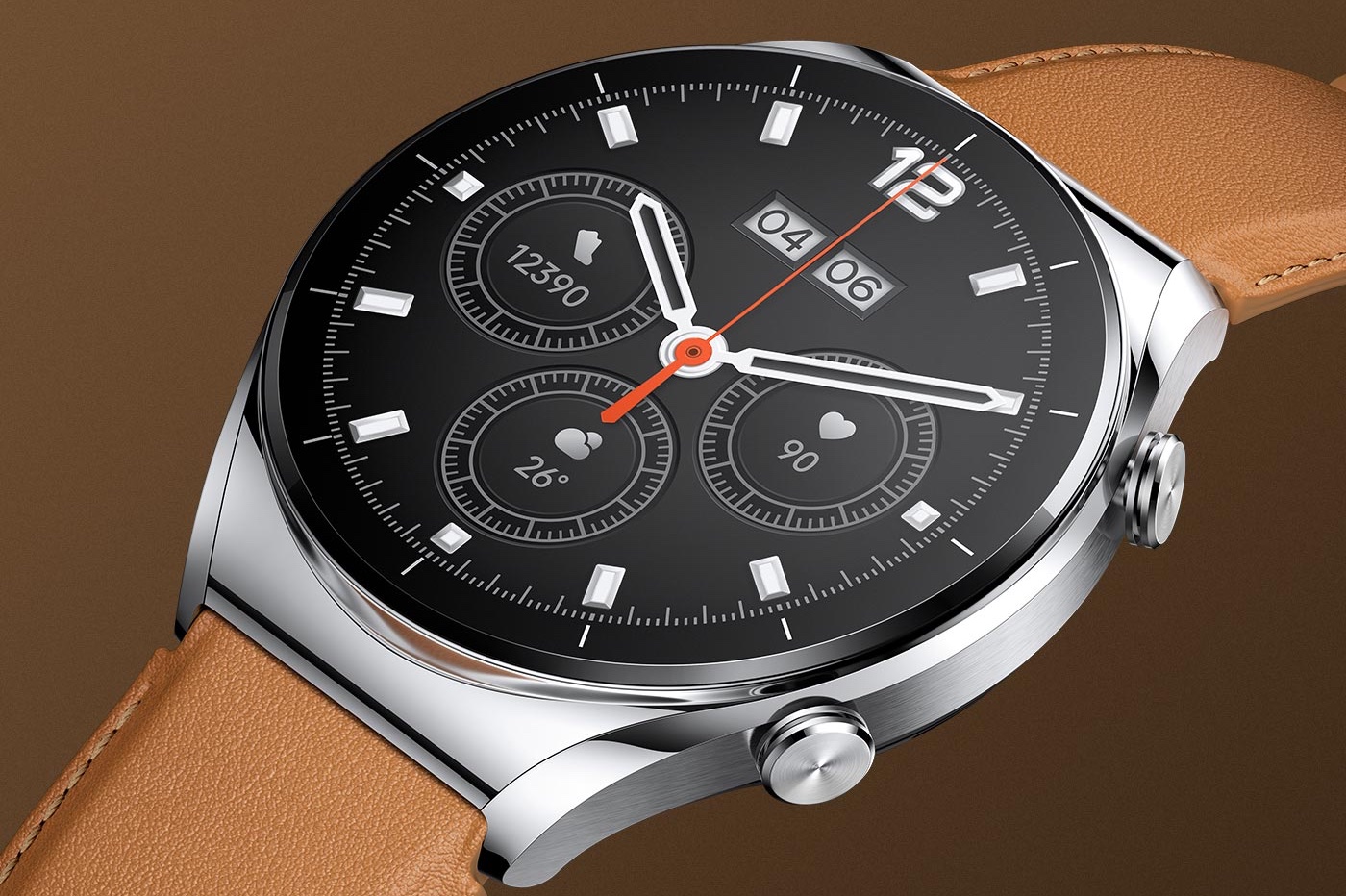
Portwin Advanced Maritime Solutions recently presented at Expodrónica a revolutionary technology for map the seafloor off the coast with aerial drones.
The startup has been created in Valencia recently, at the beginning of 2021. In fact, its partners virtually met during the state of alarm in the middle of the pandemic. Having seen each other only by videoconference, they decided to combine their knowledge and start an entrepreneurial project oriented to the use of new technologies in the marine sector. His first development, the technique of photobathymetry, comes from the work as an oceanographer of one of his partners, Alejandro Polo, who also owns a company that works with drones in the Canary Islands called DataDron. Photobathymetry uses concepts from photogrammetry, a technique that uses two images of the same area taken from different points to obtain a three-dimensional profile of that area.
This technique works very well to measure profiles on land, but until now it could not be applied to underwater areas due to the error caused by the refraction of the air-water interface. Thanks to Portwin’s proprietary algorithm, this error is corrected and results in a three-dimensional point cloud with a margin of error of less than five centimeters that complies with the international standards of the International Hydrographic Organization (IHO).
From bathymetry to photobathymetry
So far the way to measure the seabed profile, what is known as bathymetry, was the exclusive territory of vessels with specialized probes, equipment that together can reach half a million euros in cost. In contrast, photobathymetry only requires a drone with a medium quality camera and a specialized GPS called RTK, a set that, depending on the manufacturer, ranges between 5,000 and 10,000 euros. «The revolution brought about by photobathymetry is to open an entire sector such as shoreline bathymetry to drone operators around the world, reducing data acquisition time by 90% and the total cost of the operation by 80 % for the end customer. Our model is to let the operators send us their images according to our requirements and process them ourselves, returning the corrected point cloud and with the precision bathymetry ready “, says Miguel Ladrón de Cegama, CEO of Portwin. This technique also has its limits since it is limited to carrying out bathymetries in coastal areas with up to 12 meters deep and waters with low turbidity. It is perfect for use in seas and lakes where you want to make a profile of the bottom.
Its uses range from environmental studies on the coast, studies of coastal erosion, planning of submarine cables, profiles in port areas or as a decision-making tool in Integrated Coastal Management (ICM). At the moment it has already been successfully tested by the TRAGSA company in a study of the seabed in the Mar Menor carried out last August with satisfactory results. The startup belongs to the Star Startups incubator acceleration program and, supported by them, officially presented its photobathymetry technique to the world at a conference at the latest edition of Expodrónica in Madrid, within the World ATM Congress held at IFEMA.



